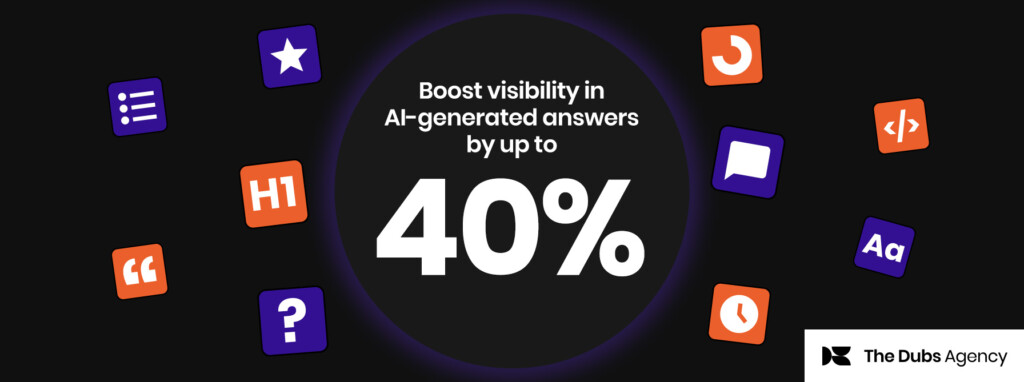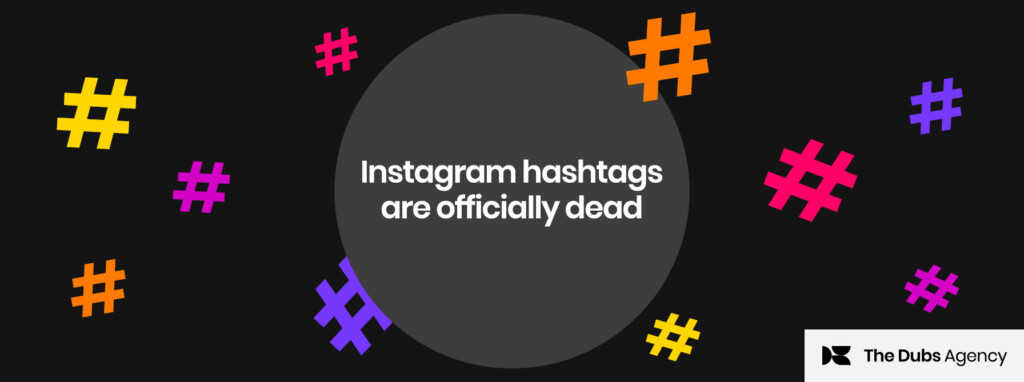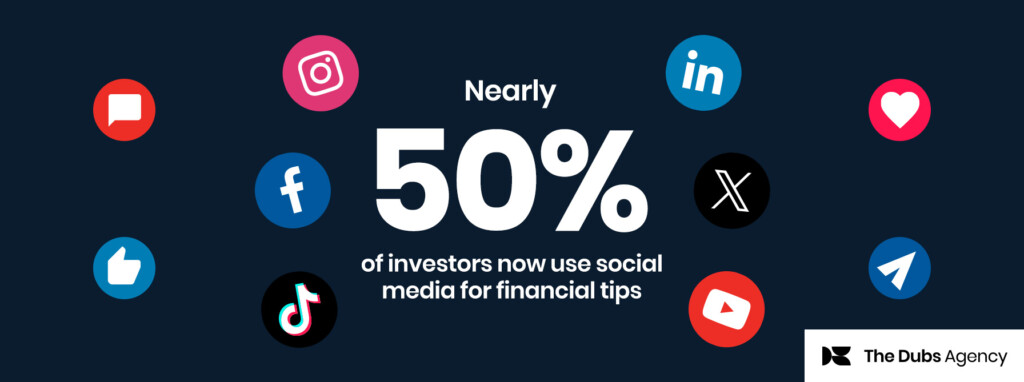More than four million blog posts are published on the Internet daily. So, It’s getting harder and harder to stand out. How do you get people to even see your content – let alone read it, respond to it and share it? And when it comes to truly useful finance content, the task is even tougher.
Banks and insurance companies can’t rely on fluffy stuff, like Buzzfeed’s video of a dog trying to play fetch with a statue, because readers turn to them for useful information – not escapism.
But, then again, therein lies the unique power of finance content marketing. More and more people are hungry for help, as demonstrated by the success of money guru Scott Pape, whose book ‘The Barefoot Investor: the Only Money Guide You’ll Ever Need’ has sold more than one million copies since 2016.
By responding to this hunger with content that’s trustworthy, engaging and, most importantly, offers a unique and helpful perspective, you can cut through. Meet three finance brands whose content marketing is sending clicks, followers and subscribers through the roof.
oMelhorTrato: a FAQs revolution
Too often, FAQs (Frequently Asked Questions) get treated as an after-thought, like a necessary yet boring footnote. But, oMelhorTrato, a financial comparison service based in South America, has forged a revolution – by adding FAQs to their content strategy. It makes sense: if you’re trying to work out what people want to know, why not go straight to the source?
Every time someone submits a question, an expert writes a thorough, detailed answer, which is then published on oMelhorTrato’s blog. This clever approach asserts the company’s authority in its field and ensures its blog is meeting its audience’s needs. Plus, it’s contributed to a 7% growth in revenue – equal to $US3.4 million per year – according to Cristian Rennella, CEO and co-founder of oMelhor Trato.
Too often, FAQs (Frequently Asked Questions) get treated as an after-thought, like a necessary yet boring footnote.
Society of Grown Ups: taking kidults back to school
Massachusetts Mutual Life Insurance Co. has taken its teacher role seriously, via the Society of Grown Ups. This educational start-up, which began in bricks-and-mortar in 2015, is now an online hub of feature articles, digital calculators and online courses. And they’re all free.
Steering away from slabs of dry, technical information, the content is upbeat, personalised and action-driven. Take the introductory online course, for example: ‘You’re a Grown-Up (Don’t Panic!): the Basics of Financial Planning’. Via video, a certified financial planner invites students to identify values, assess their current financial situation and visualise retirement. Meanwhile, feature articles cover topics like ‘How to let go of debt shame’, ‘How I turned my hobby into a side gig’ and ‘Retirement for freelancers: oh-so-many options’.
“We’re focused on the group of grownups we feel are underserved by financial planners today – the people who may not actively seek out advice from what we see as traditional financial service firms,” director Nondini Naq told Monster.
JPMorgan Chase & Co: visual and interactive
Reliable data is crucial to financial decisions – whether you’re a 20-year-old launching a start-up or the director of a multinational company. That’s why JPMorgan Chase & Co, a global financial services firm, dedicates an entire institute to it.
Any visitor to the website can easily access data presented in a range of ways, including interactive visualisations. For example, a map titled “Where is everyday spending growing?” displays the growth of local consumer commerce over two years in 14 metropolitan areas in the US. By clicking on a city, a user can see a breakdown, covering age, income, product type and more.
According to Sairaj Mahesh, senior cybersecurity solutionist at We Secure App, interactive content not only gives you information about your audience, it also performs well, attracting four to five more page views than static content.
Now, it’s your turn to be of use
When coming up with content that stands out for its usefulness, it’s important to first understand your audience and, secondly, make sure you’re not going over old ground. What are visitors looking for on your website? How can you leverage your expertise to help them? What can you offer that hasn’t been offered yet to ensure you’re being truly useful?









